Here are the signs and medical explanations of high cholesterol in young people:
Cramps when walking
When the arteries in the lower limbs are narrowed by atherosclerotic plaques, there is not enough blood to supply the muscles during exercise, leading to pain and cramps in the calves. This condition is called peripheral artery disease (PAD).
This is a warning sign that high cholesterol over time can cause blood vessel blockage. Cramps can easily occur when walking but will quickly go away when resting. If young people experience this sign, they should go to the doctor to check their blood circulation and blood lipids.
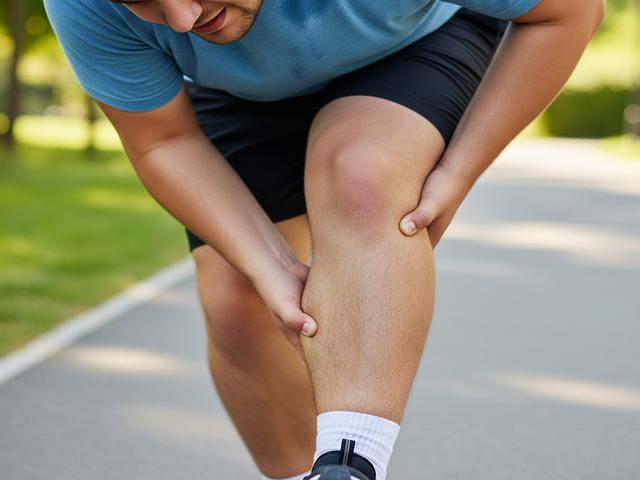
Frequent cramps while walking may be a sign of high blood cholesterol
PHOTO: AI
Xanthoma around the eyes
Periorbital xanthomas are yellow lumps or patches of skin that appear in the inner corner of the eyelid. One of the causes of this condition is cholesterol deposits in the subcutaneous tissue, according to the health website Verywell Health (USA).
According to the Cleveland Clinic (USA), about half of people with xanthomas around the eyes have high cholesterol levels. Therefore, people who discover xanthomas around the eyes should go to the hospital to check their blood lipids. The doctor will have recommendations to prevent the risk of atherosclerosis and heart disease.
Chest pain during exercise
Chest pain, especially during exercise, can be a sign of narrowing of the coronary arteries due to cholesterol buildup. This occurs when the flow of oxygen-rich blood to the heart is restricted, causing myocardial ischemia.
Chest pain in young people can be mistaken for simple chest muscle pain. However, if chest pain is repeated, especially in people with a family history of heart disease, it is necessary to examine to screen for early cardiovascular problems.
Family history
One of the biggest risk factors for high cholesterol in young people is a family history of heart disease at a young age or high cholesterol. Familial hypercholesterolemia, in particular, is a genetic health problem that causes the liver to not be able to effectively remove LDL "bad" cholesterol from the blood. This results in abnormally high blood cholesterol, according to Verywell Health .
Source: https://thanhnien.vn/4-dau-hieu-cho-thay-cholesterol-cao-o-nguoi-tre-185250913155300753.htm



![[Photo] Solemn opening of the 8th Congress of the Central Public Security Party Committee, term 2025-2030](https://vphoto.vietnam.vn/thumb/1200x675/vietnam/resource/IMAGE/2025/10/4/f3b00fb779f44979809441a4dac5c7df)
![[Photo] Bustling Mid-Autumn Festival at the Museum of Ethnology](https://vphoto.vietnam.vn/thumb/1200x675/vietnam/resource/IMAGE/2025/10/4/da8d5927734d4ca58e3eced14bc435a3)


![[Photo] General Secretary To Lam attends the 8th Congress of the Central Public Security Party Committee](https://vphoto.vietnam.vn/thumb/1200x675/vietnam/resource/IMAGE/2025/10/4/79fadf490f674dc483794f2d955f6045)







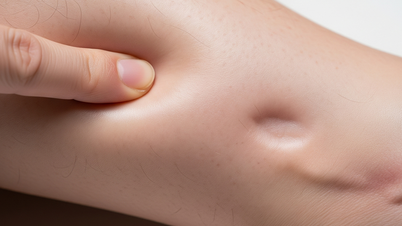
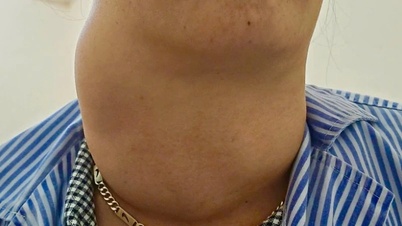


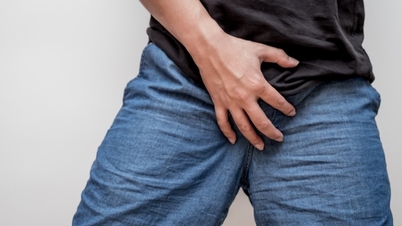


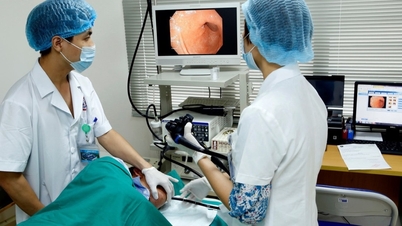





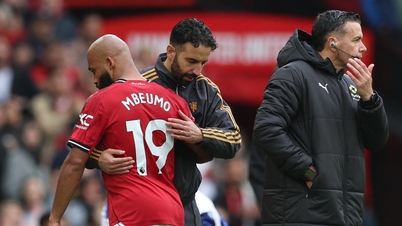

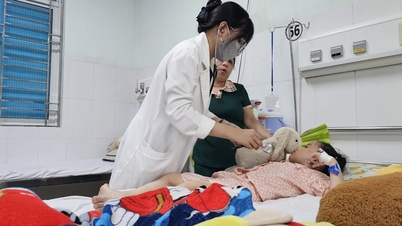
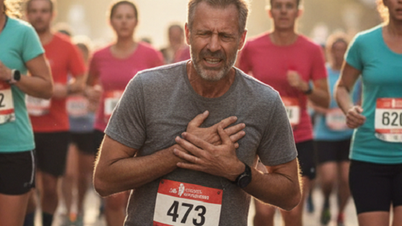



























![[VIDEO] Summary of Petrovietnam's 50th Anniversary Ceremony](https://vphoto.vietnam.vn/thumb/402x226/vietnam/resource/IMAGE/2025/10/4/abe133bdb8114793a16d4fe3e5bd0f12)

![[VIDEO] GENERAL SECRETARY TO LAM AWARDS PETROVIETNAM 8 GOLDEN WORDS: "PIONEER - EXCELLENT - SUSTAINABLE - GLOBAL"](https://vphoto.vietnam.vn/thumb/402x226/vietnam/resource/IMAGE/2025/7/23/c2fdb48863e846cfa9fb8e6ea9cf44e7)

































Comment (0)